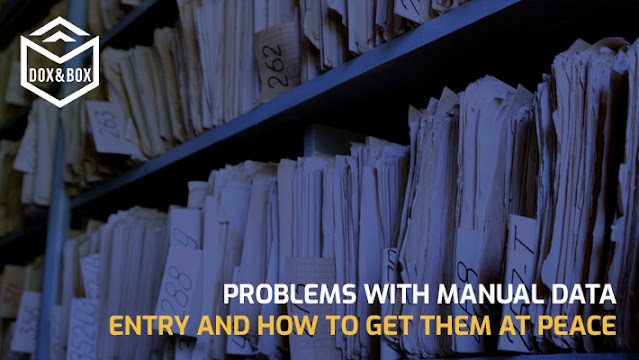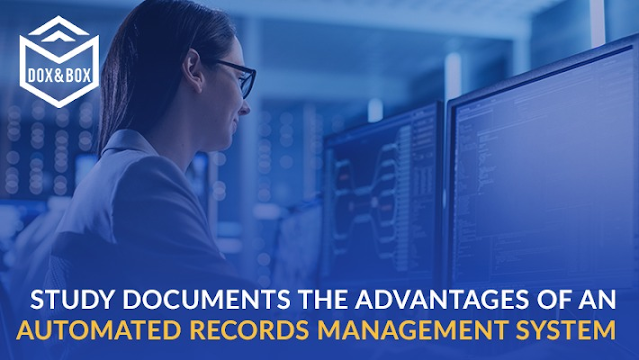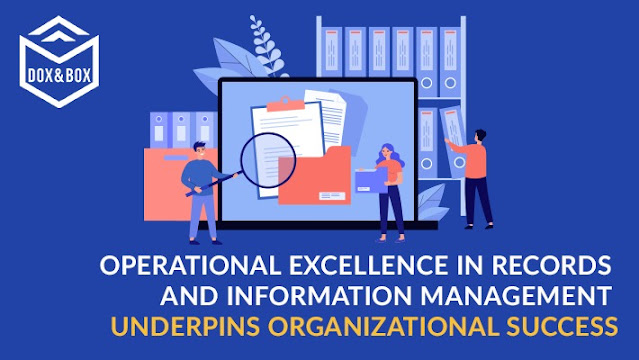Problems with Manual Data Entry and how to get Them at Peace
Data entry is an integral and invaluable process of document processing. Traditional means of data entry and document processing involves manual reading and keying of all documents like invoices, orders, or any other documents by the staff members.
Earlier, when the paperwork was less, manual entries made sense because it was an achievable goal. However, with the pile-up of paperwork and upcoming data-driven companies, manual processing of data is no longer a practical solution.
Even though manual data entry is not the best technique, it is still a fundamental part of many businesses and organizations despite the flaws attached to it.
Some of the major pitfalls of manual data entry are -
1. Predisposed to human error -
No matter how great of an employee you are, you are always prone to make mistakes. This happens, even more, when they are bored or stressed, which can be a direct manifestation of the repetitive work of data entry.
One tiny mistake made by the employees or professionals can cause the entire data entry to fall victim to human error. No matter how careful or skilled you are, multiplying one mistake per person in a day can still add up to uncountable errors compared to the people involved in doing this job.
2. Cost and resource-intensive -
Dependence of mundane tasks like data entry on manual processing can cause a fall in the productivity of the employee, performance, satisfaction, and revenue! The time invested in performing and checking the entries can be devoted to other productive tasks that help in the growth of the company.
There are significant hidden costs involved in this process like training of the employees, quality checks, losses due to inaccurate information, etc that cannot be overlooked.
3. Slow and inefficient -
By definition itself, manual data entry is a slow and repetitive process. Single data entry speed runs at about 10 to 15 thousand keystrokes per hour. No matter how impressive this figure is, it is impractical for humans to work at a consistent rate throughout the day and deliver efficient results.
Due to the delay in the turnaround time of data, there is little or no time for analysis and strategizing for the entries.
Even though a majority of the employees claim that the manual data entry process is the biggest challenge in the industry, more than 80% of businesses still rely on it. Prompted by the progression in automation tools and AI-powered decision making, many organizations big and small are switching to automated methods.
Some of the advantages of switching to automation tools are -
1. Reduced errors -
Automatic data entry reduces errors and doesn’t make any kind of slip-ups. This ensures that the data can be processed, analyzed, and retrieved more precisely.
Unlike humans, automation software doesn’t feel rushed, stressed, or frustrated and thus makes no such errors. This process also eliminates the need for any second checking and ultimately saves time and effort.
2. Lower costs -
Automation is less expensive when it comes to the comparison between paying employees for data entry and investing in automated software for the same. It also allows the valuable employees to switch to work that are not dull and unchallenging.
Automation reduces costs by saving you space to keep all your documents physically, by eliminating the need to recheck the documents, and by handling much larger workloads in minimal time duration. Making the jump to digital is a huge asset especially when you are understaffed.
3. Overall faster form processing -
Speed of processing is a major consideration for large organizations. Automated processes help streamline the data processing tasks with ease and speed. They can accommodate large amounts of data and increase business activities.
Automated data systems face no constraints in terms of the number of keystrokes per hour and also productivity. Thus, they maintain a continuous and effective approach to data entry.
All the major industries like banking, healthcare, logistics, etc are pioneering automation in data entry. This transformation is occurring due to the improvement of the overall quality and maintenance of a seamless operation of data processing. It is much faster, accurate, less time-consuming, and most importantly delivers real-time insights into what is going on with the data.
The quickest and most effective way to move forward is to collaborate humans with machines. With the advancement in AI and the new and updated OCR technology, data entry is a piece of cake. Humans are needed to train and model the software to produce the required outcomes. This helps in carrying out the otherwise redundant tasks with comfort.
With Infinity’s intelligent OCR capture and AI capabilities, automation is a very smooth process. It drastically reduces the turnaround time, improvises accuracy, and assists in decision making. From uploading and scanning documents to updating and validating them, such OCR software makes data extraction and processing an error free process.
Source: https://www.doxandbox.com/blog-details/problems-with-manual-data-entry-and-how-to-get-them-at-peace




Comments
Post a Comment